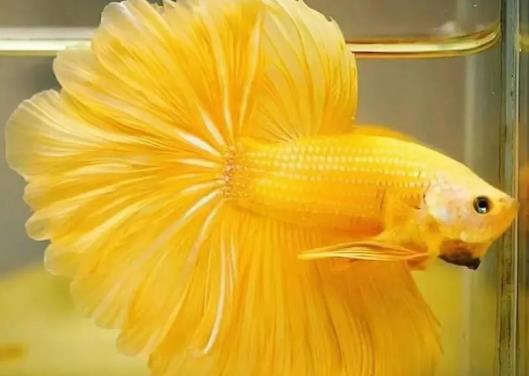Recommended Tank Sizes for Betta Fish
Minimum Size Requirement

A betta fish requires a tank of at least 15cm × 15cm (in a square shape). Tanks smaller than this—such as 10cm-wide square tanks or round tanks of the same size—will restrict the betta’s movement, increasing the risk of injury from collisions with the tank walls. Additionally, smaller volumes make it difficult to maintain stable water quality.
For larger betta varieties (e.g., Plakat bettas, which can reach nearly 9cm in length from head to tail), a tank of 20cm or larger (in width or length) is necessary.
Ideal Size Range
Square tanks ranging from 20cm to 30cm (in width/length) are the most commonly recommended size. They strike a good balance: providing enough space for the betta to swim freely while remaining easy to manage (e.g., monitoring water quality, performing partial water changes).
Specific size options and their uses:
105mm × 95mm × 163mm (approximately 1.6 liters): Suitable for small bettas under 4cm in length. However, this size will become restrictive as the betta grows larger.
12cm × 12cm × 18cm (approximately 2.6 liters): Ideal for Plakat bettas, offering ample space for their active swimming behavior.
20cm × 20cm × 20cm (8 liters): A popular choice for planted tanks. It balances aesthetic appeal (for landscaping with plants and decorations) and practicality (easy maintenance).
Advantages of Larger Tanks
Larger tanks (e.g., those over 30cm in width/length, with greater water volume) help maintain more stable water quality—this keeps bettas healthier and more active. Note that larger tanks require a filtration system to support the increased water volume and prevent waste buildup.
Important Considerations
Tank Shape: Prioritize square tanks over round ones. Round tanks can cause visual distortion, leading to eye strain or stress for bettas (they may constantly misjudge distances, affecting their behavior).
Water Level Control: Maintain a water depth of at least 15cm. This prevents bettas from jumping out of the tank (a natural behavior for some individuals, especially when stressed or exploring).
Special Needs for Breeding Tanks: A separate breeding tank is required. It can be slightly smaller (e.g., 15cm × 15cm × 15cm) but must have strict temperature control—keep the water temperature between 22–25°C to support successful breeding and fry (baby betta) survival.
